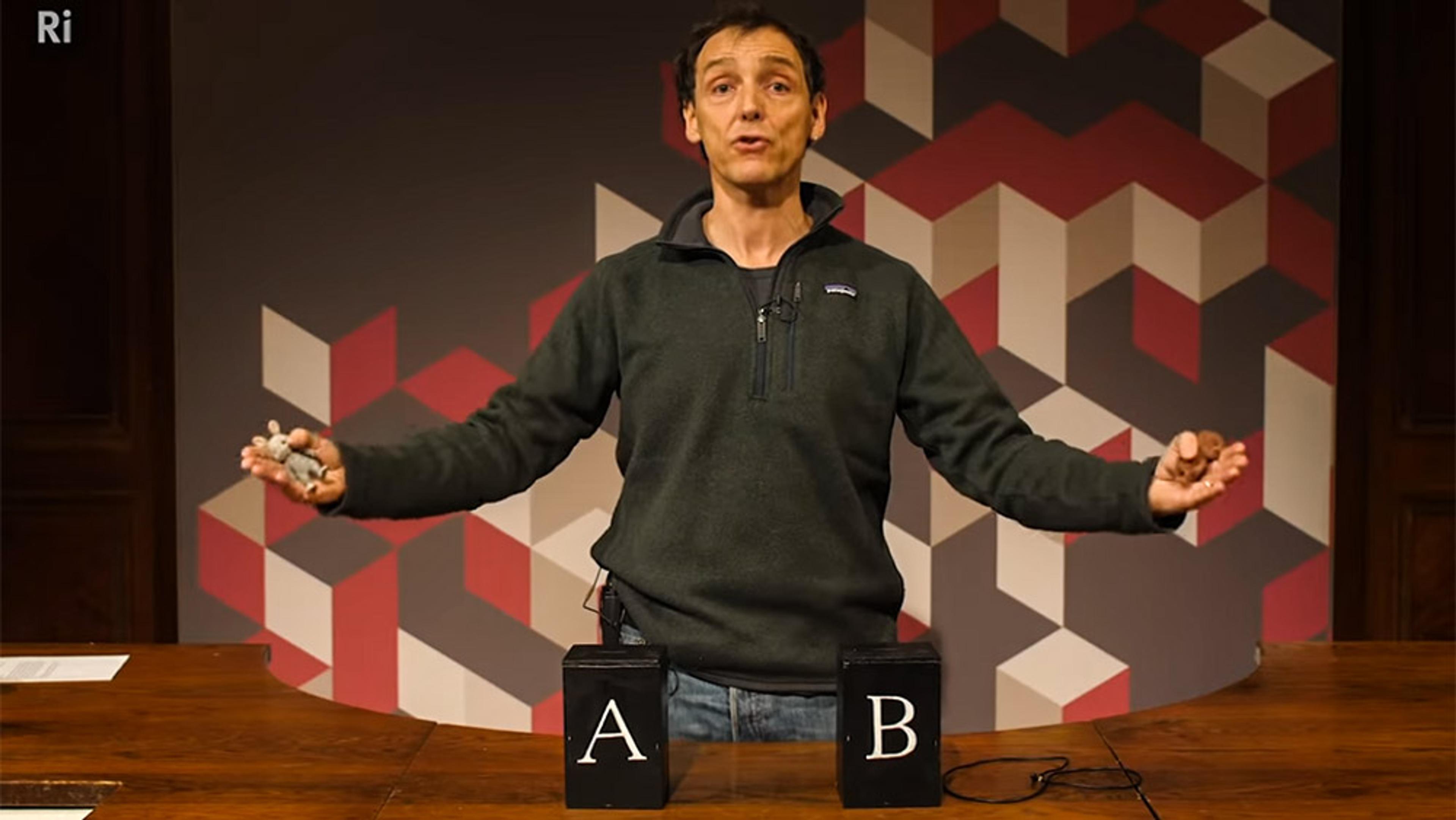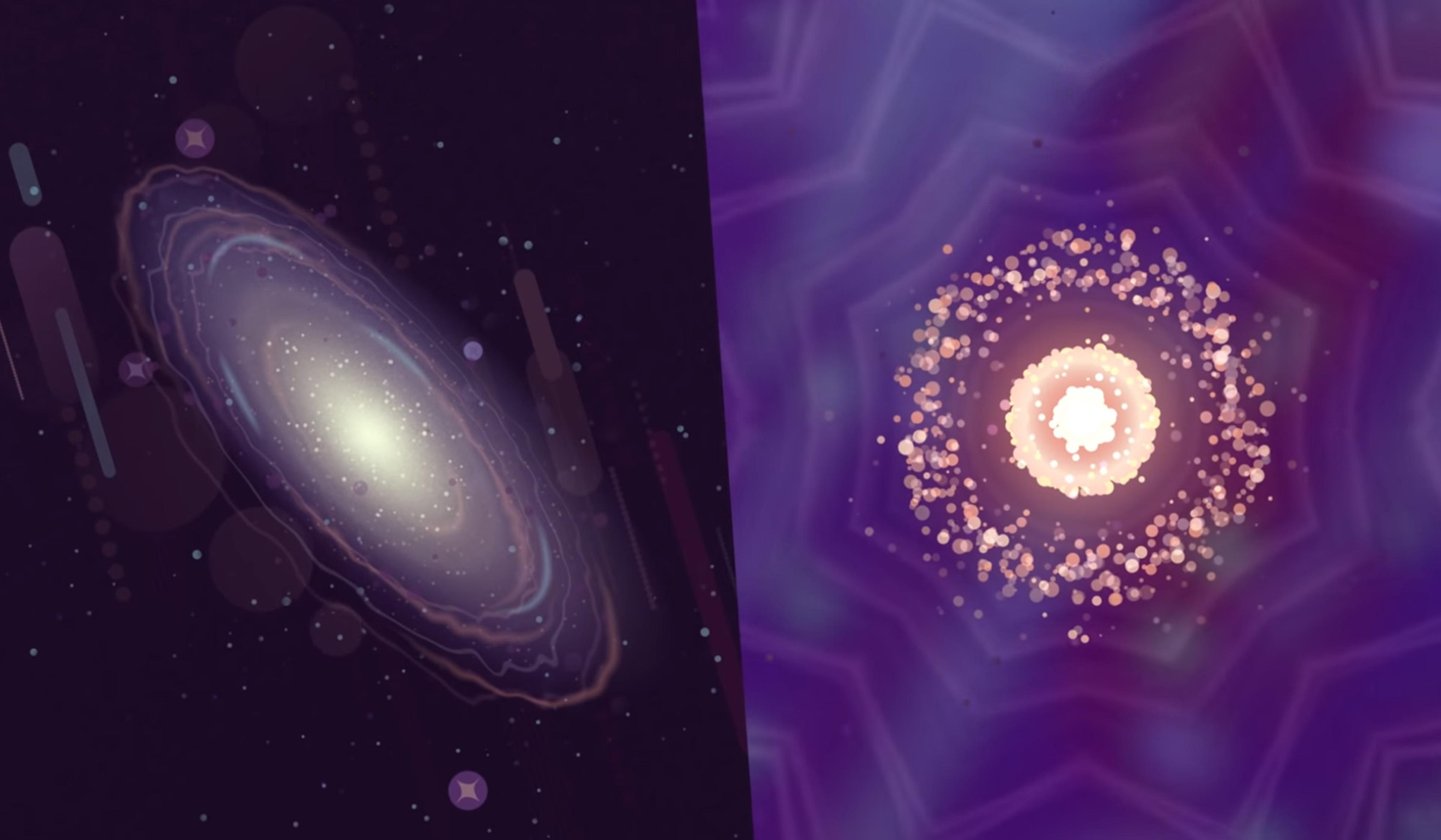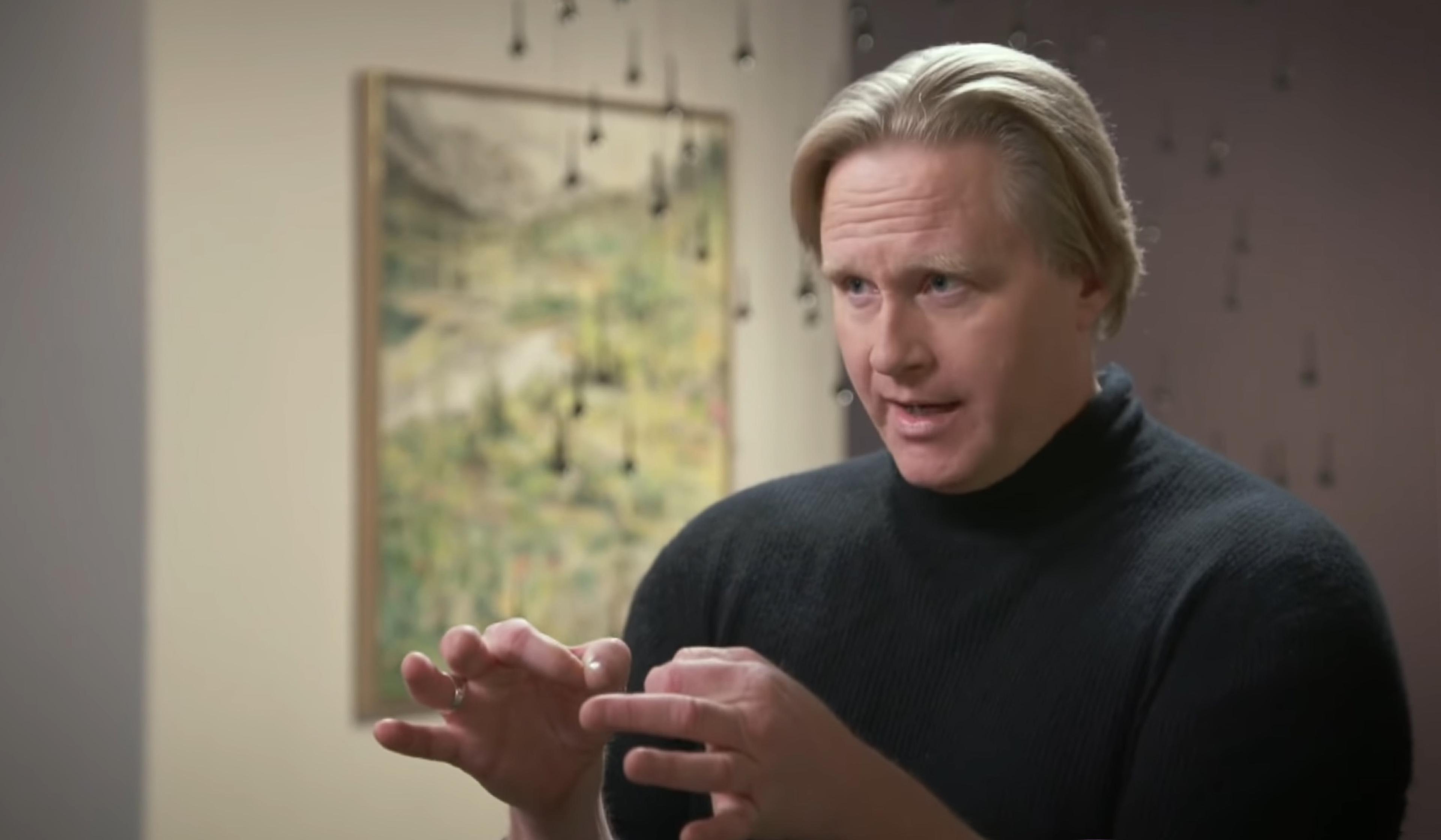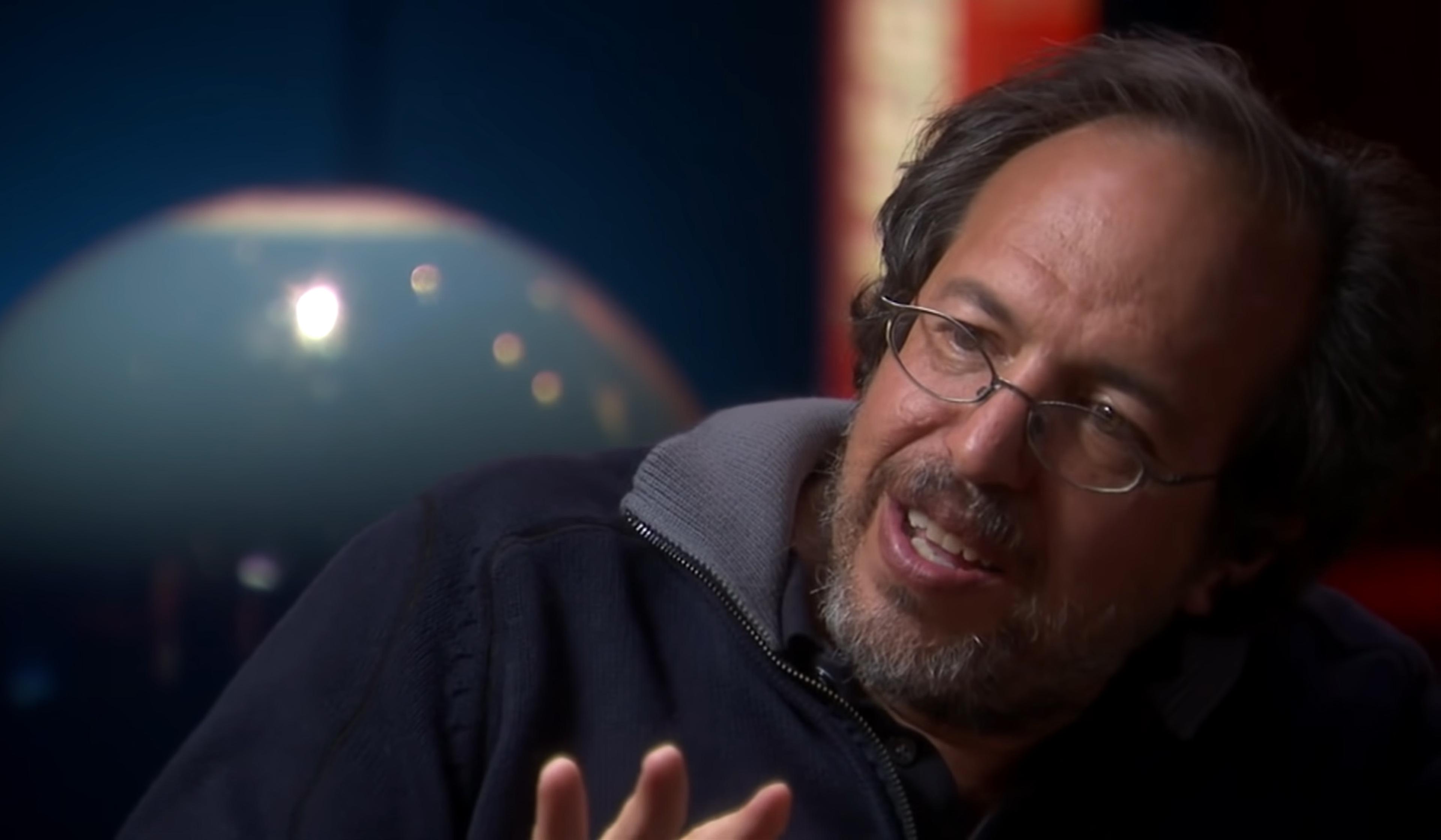Wormholes were first conceived of by Albert Einstein and his fellow physicist Nathan Rosen in 1935, who argued that general relativity allowed for a ‘bridge’ between two black holes. At the same time, Einstein and Rosen, working with their colleague Boris Podolsky, questioned the quantum mechanics view of reality via a paradox that later researchers dubbed ‘entanglement’. These two ideas were brought together in 2013, when Leonard Susskind at Stanford and Juan Malcadena at Princeton argued that wormholes and entanglement are, in fact, the same thing. Three years later, Daniel Jafferis at Harvard and his graduate student Ping Gao proposed a way to traverse a wormhole. This idea was validated this year when a team of physicists led by Maria Spiropulu of the California Institute of Technology built a small-scale wormhole inside a quantum computer. Their experiment was a major breakthrough – the culmination of creative experimentation, emerging quantum computing technology and more than a century of speculation and research. And, as this short documentary from Quanta Magazine explores, in strengthening a link between black holes and quantum entanglement, it may have marked a massive step forward in the quest to bridge the worlds of general relativity and quantum mechanics.
The tangled tale of how physicists built a groundbreaking wormhole in a lab
Video by Quanta Magazine
Director: Emily Buder

videoQuantum theory
Quantum entanglement is tough to dumb down, but this analogy can help detangle it
20 minutes

videoPhysics
How science finally caught up with Einstein’s prediction of gravitational waves
13 minutes

videoPhysics
There’s a striking link between quantum and astronomic scales. What could it mean?
5 minutes

videoQuantum theory
Mind-bending new quantum experiments are blurring past, present and future
10 minutes

videoPhysics
Time is fundamental, space is emergent – why physicists are rethinking reality
9 minutes

videoQuantum theory
Why aren’t our everyday lives as ‘spooky’ as the quantum world?
7 minutes

videoPhysics
Stephen Hawking’s final theory: untangling a peculiar black-hole paradox
9 minutes

videoCosmology
Turns out that, even when Einstein was wrong, he was kind of right
6 minutes

videoComputing and artificial intelligence
From ‘chandeliers’ to entangled qubits, here’s what happens inside a quantum computer
9 minutes